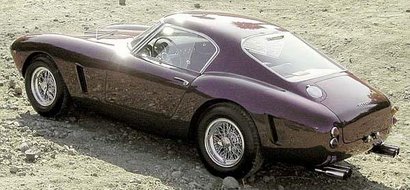Many times working on Fulvias, I have found problems with the bolts that secure the camshaft bearing caps/rocker shaft supports. Often this is because stupid individuals have mixed up the bolts and not noticed that one of the longer bolts is slightly shorter... Also I suspect that the very hard aluminium alloy used by Lancia for the Fulvia engine might be prone to crystallisation/ cracking after years of cyclical stress. either way the nasty Helicoils® tend to give way. They should be replaced with Timeserts®
Edit: After re-reading this, I should add that another cause of Helicoil(r) problems is over-tightening of the bolts. Every overhead-camshaft engine that I have worked on has not required extreme tightening torque on these bolts and of course the Fulvia is no exception. the correct figure is 15.9ft/lbf, or 2.2Mkgf, or for the younger ones, 21.6NM
Edit: After re-reading this, I should add that another cause of Helicoil(r) problems is over-tightening of the bolts. Every overhead-camshaft engine that I have worked on has not required extreme tightening torque on these bolts and of course the Fulvia is no exception. the correct figure is 15.9ft/lbf, or 2.2Mkgf, or for the younger ones, 21.6NM
Anyway the following can happen (though I've not heard of it happening in a Fulvia) My first Fulvia that I bought in 1982 had a persistent tappet noise that no amount of adjustment would cure. It was due to a Helicoil that had let go...
A bientôt












No comments:
Post a Comment